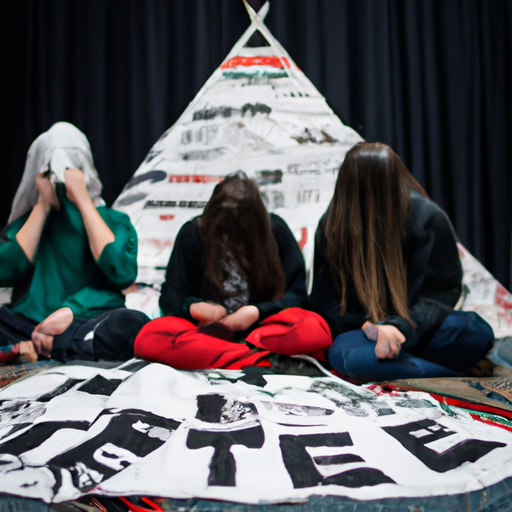Addressing the Opioid Crisis in Indigenous Populations: A Call to Action in Ontario
In a deeply revealing Elliot Lake Today article, the persistent inequities faced by Indigenous students in Ontario are highlighted, with the opioid crisis representing a significant and urgent challenge. Given the current societal backdrop that deeply impacts these communities, the article urges for comprehensive action, backed by robust research, resources, and policy changes. This article pertinently aligns with our continuing discussion on Canada’s opioid crisis and the growing need to address this ongoing public health emergency.
Indigenous Populations and The Opioid Crisis
Implicit in the discussion about the opioid crisis in Canada is the stark disparities experienced by Indigenous communities. These populations are disproportionately affected by opioids and related substances, constituting a higher percentage of related morbidity and mortality rates. The crisis has further cascading effects on social determinants such as education, housing, and employment – key components of Indigenous students’ success story in our society.
Deciphering the Impact
The opioid crisis in these communities is intrinsically linked with a multitude of determinants that affect the overall well-being and societal standing of Indigenous students:
- Education: The opioid crisis significantly impacts the school performance and overall educational attainment of Indigenous students.
- Housing: Housing instability, often a result of the opioid crisis, causes further social and economic disruptions for these students, including homelessness.
- Crime: The crisis indirectly influences the overall safety and crime rates in affected communities, causing increased distress and insecurity.
Efforts to Mitigate the Opioid Crisis
Despite the daunting reality, the article highlights important steps being taken to address the crisis. Over the past several years, Canada has witnessed a surge in opioid class action lawsuits, targeting manufacturers and wholesalers of prescription opioids. Additionally, distribution of naloxone, a medication used to block the effects of opioids, has increased significantly. However, while these efforts are vital, they fall short of addressing the deep-seated inequities in our society that perpetuate the cycle of opioid abuse and its effects.
Need for Action
There is a genuine need for multidimensional strategies aimed at the root causes of the opioid crisis, particularly in Indigenous populations. Reflected in the Elliot Lake Today article, this calls for:
- Greater Recognition: Policy frameworks must openly acknowledge the systemic barriers faced by Indigenous populations in accessing quality education, housing, and gainful employment.
- Resource Allocation: There should be equitable allocation and prioritization of resources, focusing on the specific needs and challenges of these communities.
- Research and Advocacy: Research into the specific causal factors of opioid abuse in Indigenous communities can inform strategies for education and awareness programs.
- Substance Abuse Treatment: Expansion of treatment centres and programs tailored for Indigenous communities is essential in mitigating widespread substance abuse and its effects.
Conclusion and Key Takeaways
Indigenous populations in Ontario face entrenched barriers that exacerbate the opioid crisis within these communities. Addressing these inequalities calls for comprehensive, multi-tiered strategies that tackle both the root causes and effects of opioid abuse. Turning a blind eye towards these realities only fuels the cycle of poverty, educational disparity, and social exclusion.
While initiatives such as opioid class action lawsuits and naloxone distribution are steps towards the right direction, they are not enough. Greater recognition of systemic barriers, equitable resource allocation, intensive research, and tailored substance abuse treatments are desperately needed. Only by taking concerted, comprehensive, and holistic action can we hope to effectively combat the opioid crisis in Indigenous communities, ensuring better futures for Indigenous students and communities alike.
